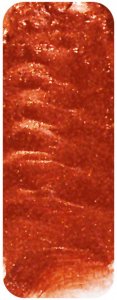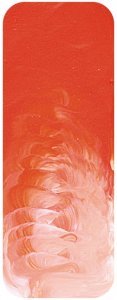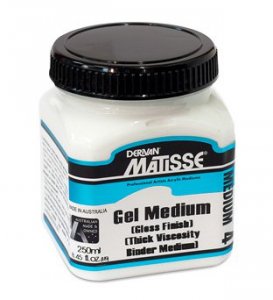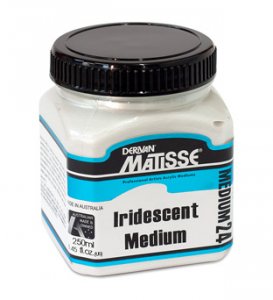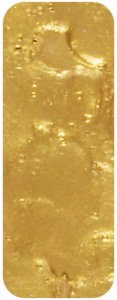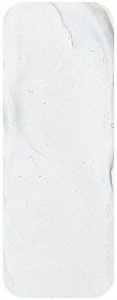Description
"Raw Umber Deep is darker than Raw Umber due to the addition of black to umber. This produces a colour similar to bistre which was a colour used by the old masters as a brown ink. It was made by partially burning beechwood and then boiling the burnt wood to extract the colour and this watery colour was used as ink. Depending on the degree of burning of the wood the colour could be a yellowish brown but the most prized colour was a darker version much like this paint colour. Bistre ink can be seen in drawings from the Renaissance in artists like Leonardo Da Vinci all the way through to the 19th century. Rembrandt???s ink drawings are particularly fine examples of the use of bistre ink. While the name is still used, the original beechwood pigment production is limited to small scale hand made and specialist production for the few artists who still use it.
Just as with the beauty of bistre ink in old master drawings, Raw Umber Deep can be a beautiful dark brown colour to use in a painting, especially for laying in dark tones for the under painting at the beginning of a picture. A traditional way to start a portrait or figure painting was to start with a white priming base then paint a thin, transparent layer of an earthy colour over that. This very thin layer was called the imprimatura. Raw Umber was a good choice for this for oil painters because Raw and Burnt Umber get their dark brown colour from manganese impurities and this manganese makes the paint dry faster and it was always best to have thin faster drying layers under thicker slower drying layers, a technique often called ??fat over lean??. On top of the imprimatura the artist would then paint the dark tonal areas of the painting. Raw Umber was a good choice for this as well, although it could also be done using blacks and greys, a technique called grisaille. This underpainting of the dark areas would still be done with thin paint, but not so thin as the imprimatura and therefore it would appear much darker against the lighter imprimatura background. These old master techniques fell out of favour in the 19th century because waiting for each layer to dry took a long time with oil paints. Acrylics, however dry very fast and it is possible to make several layers in a single day where the same layers would have taken weeks or months in oils. This makes experimentation with old master techniques a realistic proposition today despite a fast moving world, but only because of the technological advances that have lead to acrylic technology. With acrylics the speed of drying of individual pigments is not the major issue it is in oils and so choosing colours other than Burnt or Raw Umber is feasible, however they are colours that work well with other fleshy colours and for that reason alone they are likely to be high on the list of choices for underpainting and imprimatura.
Apart from its use in under painting, Raw Umber Deep is an excellent colour for mixing with other colours to darken them and can be mixed with Phthalo Green and Matisse Rose Madder to make soft brownish blacks. It is a beautiful dark brown to use.
"

